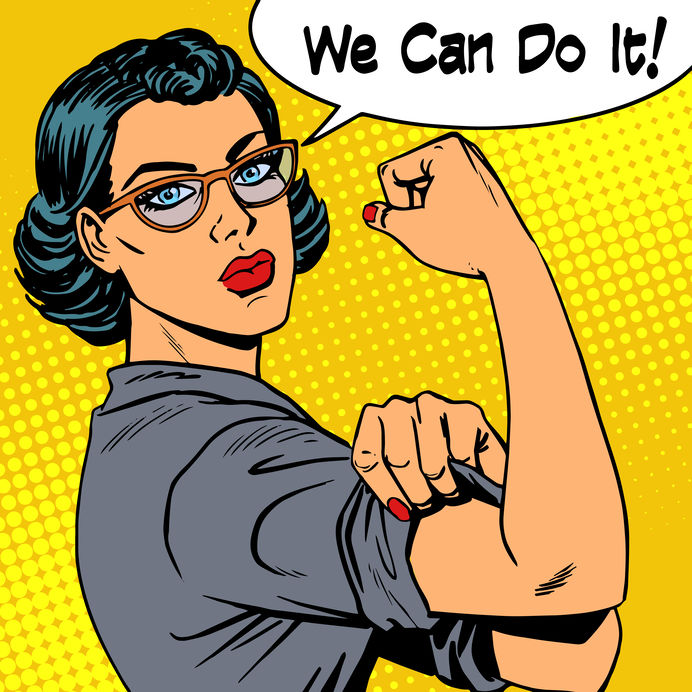Yes, We Can

Advancing A Culture of Leadership During Trying Times
A client was recently lamenting cuts that reduced their department by 1/3. The workload hasn’t let up and their budget is down to bare bones. The clichés all fit: running the engine without oil, burning the candle at both ends, paddling against the current…..you can no doubt add your own to the list. This leader could really use something to help build team energy and support learning & development. But they have fewer dollars for it than ever. What could they do?
They are already doing quite a few things right and here are a few of them. One, they’re trying to meet people where they are. Everyone has different circumstances and the simple act of listening and helping to make adjustments or allowances that best support how they can adapt is important. Two, acknowledge their difficulties. As they listen, this leader refrains from jumping in and offering solutions. Instead, they acknowledge the issues are hard. They ask about how the issues effect the person and what that person might see as options. They help the person by being thoughtful and curious.
Learning & Development – DIY
Learning & development platforms have greatly evolved. At GSL we’ve developed Do-It-Yourself packages that have brief videos to explain concepts, facilitator guides with background info, questions and tips, and participant guides that naturally pace the participants along with the facilitator guide. One of our most popular activities is a temperament exercise. Our DIY Temperaments package -and others – allows you do that exercise with your team – either in-person or virtually.
Learning & Development – Virtual
We’ve also developed complete virtual and hybrid (virtual & in-person) learning & development solutions. One organization we’ve worked with for years has a highly developed leadership development program spanning many locations throughout the U.S. In-person learning has worked extremely well for them. But when faced with having to suspend in-person learning indefinitely, leaders in this organization felt the effects of extended down-time could cause their leadership building objectives to plateau or decline. We worked in partnership with them to develop an array of interactive learning courses that are stimulating, allowing their development efforts to continue.
Leader Transition
We’ve recently helped two organizations select new CEOs. It’s no secret that the departure of a CEO can have unsettling effects throughout an organization. But when the departure is sudden or unplanned the effects may be particularly unnerving for the Board of Directors. Deciding “who’s going to run the ship” can evoke questions never before considered, including ideas about exploring merger options.
The transition to new leadership – whether combining with another organization or via the selection of a new CEO – needs a clear process, thoughtful consideration of stakeholders, careful identification of organizational priorities and deliberate decision-making. It’s a lot easier said than done. The mixture of leadership and strategy is perhaps no more obviously intertwined than in the transition to new leadership. Our process incorporates these critical factors. In both cases, the new CEOs bring truly impressive sets of skills, experience and drive to their organizations. We couldn’t be more excited for the future of each organization.
Keeping Relationships & Workflow Going
A chief operating officer with whom we work brought up a point recently that seems to be wide-spread. With so much of our communication & interaction now being virtual, our interactions have become far more transactional rather than relationship oriented. In other words, there’s a tendency to pay less attention to how people are doing and more attention to what’s getting done and simply moving on to the next task. In case you’re thinking that a relationship orientation is a soft skill that’s not really essential, consider how things get done in your organization. In everything from client-facing positions to internal operations – communication, influence, oversight of projects and initiatives rely on the ability to create sound working relationships. The most important aspect of these relationships is building trust. With trust, you can do many things. Without it, you can do few things. But how can you develop or keep a relationship orientation while being virtual?
The primary thing you can do is to develop a mindset that is attuned to the importance building trusting relationships. Empowering curiosity, inviting candor – even if it’s critical, adhering to courtesy & respect, and developing courage in your conversations and interactions are often treated as skills to be developed. They are, but they are also far more than just skills. Doing them well begins with thinking about them beyond a toolbox or skillset mentality. It starts with developing your mindset – your set of attitudes – in this case about the importance of building trusting relationships.
Having a coach is one way to develop yourself and your mindset along with the actions that will help you reach your goals.
Culture Leadership leadership culture Leadership Training Services

